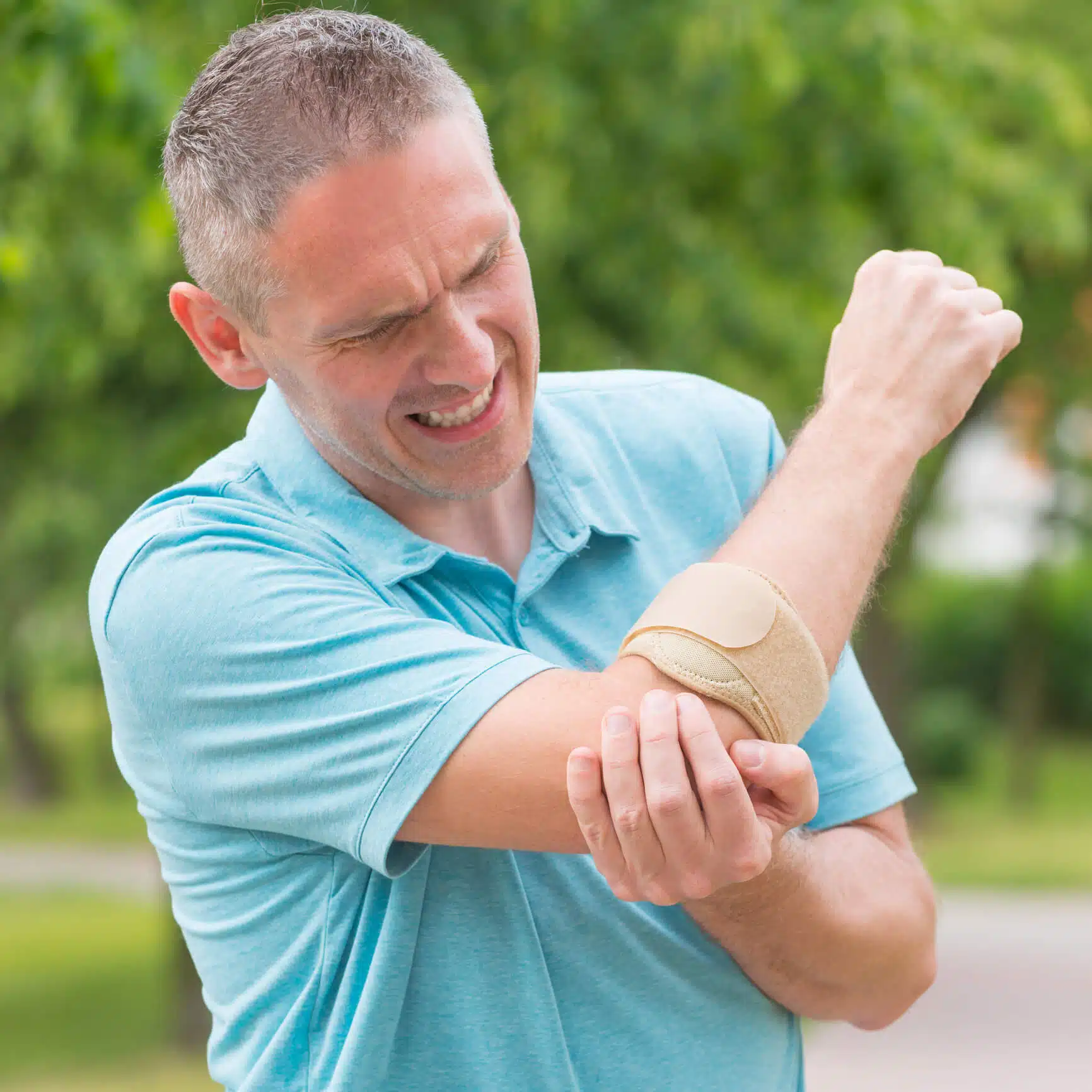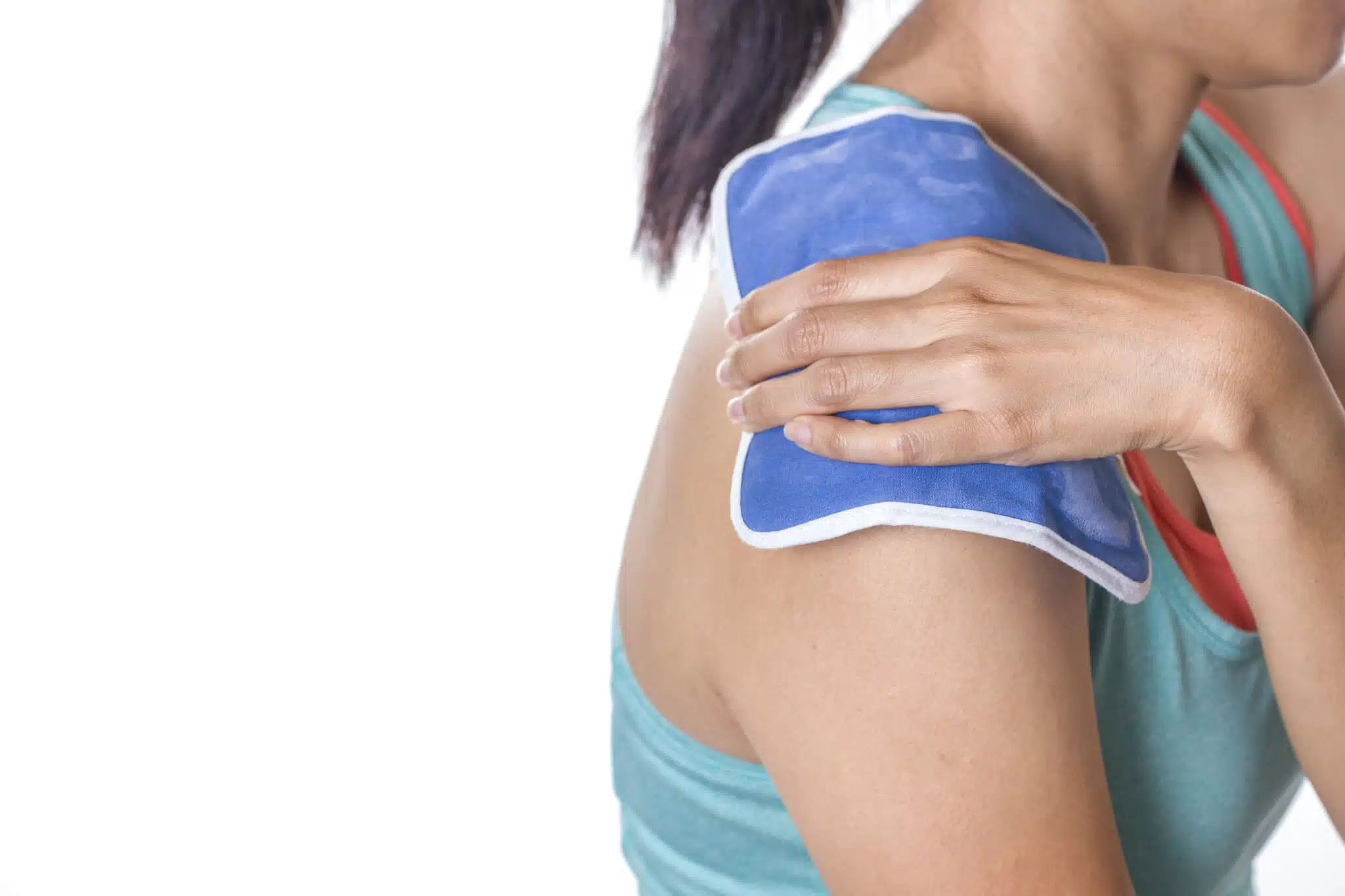Elbow Braces: 5 Important Questions And Answers
Elbow Injuries can affect athletes in a wide range of sports and often plague those who only engage in recreational physical activity. They can even sometimes be the result of conditions not related to intense physical activity. Elbow injuries can be very difficult to recover from and require lots of rest, attention to physiotherapy and dedication to other recovery methods in order to get the joint back to full health.
Elbow braces can make the recovery process more effective and are often critical tools used to supplement other methods of pain relief and recovery. When used correctly, orthopaedic elbow braces can go a long way to ensuring you get back to full health quicker while also decreasing the risk of re-injuring the joint. The following are five questions and answers that will help anyone with an elbow injury optimize the benefits from the use of an elbow brace in their recovery process.
What Injuries Can An Elbow Brace Help Heal?
While the elbow is not as susceptible to injuries as weight bearing joints like the knee and the hips, it can still sustain a number of fairly significant injuries. Many of these injuries can be treated, in part, by an elbow brace.
Some typical injuries include broken bones, stress fractures and inflammation caused by conditions like tendonitis, arthritis, bursitis and lateral epicondylitis (tennis elbow). Inflammation injuries are commonly brought on by overuse or repetitive use of the elbow.
Tendonitis is a particularly common affliction and happens when the muscles and tendons connecting to the elbow become inflamed from overuse and strain. Tennis elbow works in much the same way. In these cases, the symptoms include pain or discomfort in your elbow and forearm and weakness in your grip. UCL injuries, such as sprains, strains and tears, are also common among athletes who throw quite a bit, such as baseball pitchers.

How Do Elbow Braces Work?
Elbow braces work in the same way as most other orthopaedic supports. Elbow braces provide three main benefits for individuals suffering elbow injuries; compression, support and heat therapy.
Many elbow braces provide compression therapy to the joint as well as the upper forearm. This compression absorbs the forces transmitted through the soft tissues to the point of pain on the outside of the elbow. Compression can also help deliver a more stead flow of blood to the injured elbow, which delivers healing oxygen. This in turn, allows the injury to heal faster and reduces pain.
Elbow braces also provide support to the injured area and the surrounding structures. The support of the elbow brace helps to keep the joint in place after an injury, which protects the elbow from moving around or experiencing stress, limiting the risk of aggravating the injury. Many elbow braces can also change the angle at which the tendon works. This in turn changes the direction of forces being applied by the joint and relieves symptoms of conditions like tennis elbow and golfer’s elbow. This allows the injured area time to recover.
A final advantage of an elbow brace is that they often heat therapy to the area by covering the joint and keeping it warm. Heat therapy promotes blood flow and helps muscles relax. Applying warmth will dilate the blood vessels, promote blood flow, and help sore and tightened muscles relax, which can also help reduce pain.
What Kinds Of Elbow Brace Are Available?
There are a variety of different elbow braces available and the one you choose will depend on the type of injury you have, the severity and what stage of the recovery process you are in. Some common types of elbow braces include clasps (such as for epicondylitis), straps (such as for tennis elbow) and sleeves (such as for golfer’s elbow). We briefly discuss these types below, and more information on the types of tennis elbow brace and their respective healing mechanisms can be found here.
Clasp elbow braces consist of a plastic clasp or clip which fits around the arm, secured with a strap with a pressure point over the muscle a couple of cm below the point of pain on the elbow. Clasps provide support and compression to help absorb and prevent unnecessary movement or force on the elbow. While clasp braces work well because they can be applied precisely to the point of pain or injury, they are usually more expensive as they need to be fitted correctly to be effective.
Strap elbow braces are simple strap type braces usually used to treat tennis elbow and are usually wrapped around the forearm just below the elbow. Some have additional pressure pads which sit on the muscle just below the point of pain on the elbow. Straps work by compressing the upper forearm and absorbing external forces which could aggravate the injury. Elbow straps can also alter the way the elbow moves, preventing harmful actions and providing maximum support. Strap elbow braces are often inexpensive, easy to fit and provide customized compression levels. However, they can be less precise than clasp braces and do not provide any heat therapy.
Lastly, elbow sleeves provide compression, support and warmth for the entire elbow. The sleeve is tightened around the upper forearm to work in much the same way as a strap brace, providing customized support and compression to the particular injury. Elbow sleeves provide warmth over the area of pain which may help aid the healing process. The sleeve also supports the whole joint, which means that it can treat several injuries or support several structures of the arm around the joint. However, this type of elbow brace is bulkier and the compression and support aspects are less accurate.
What Other Therapies Can Be Used With Elbow Braces?
There is a wide variety of treatments that can be used in conjunction with an elbow brace when recovering from an elbow injury or elbow condition. Some of the most common recovery methods are below. Always consult a doctor, physiotherapist and/or a sports medicine professional about the proper recovery routine for your specific elbow injury or condition.
- R.I.C.E.: A combination of (R)est, (I)ce, (C)ompression and (E)levation. This method is often the first treatment option for tennis elbow within the first 48 hours of injury or symptoms. R.I.C.E. can relieve pain and also reduce swelling and promote healing. We discuss the importance of resting an injured elbow to improve the chances of recovery here.
- Medications: Non-steroidal, anti-inflammatory medications, such as ibuprofen, aspirin or naproxen can relieve pain and also treat acutely inflammed tissues.
- Ice Massage: This is when ice is applied with circular massaging directly onto the skin over the affected area. Limit ice massages to periods of less than five minutes and not more than twice daily.
- Activity Modification: This includes pinpointing the root cause of the injury, if it relates to athletic performance, and correcting the behaviour, which could mean increased rest, modifying equipment and improving improper form and technique.
- Physical Therapy: Exercises that emphasize flexion and extension of the elbows and wrists or that stretch the wrists and forearms. This also includes grip-strengthening exercises.
- Extracorporeal Shock Wave Therapy (ESWT): ESWT treatments send sound waves to the body to provide pain relief.
- Topical Steroids and/or Cortisone Creams or Injections: When applied or injected these treatments can relieve inflammation and reduce pain.
How Do I Properly Wear And Maintain An Elbow Brace?
Knowing how to properly apply an elbow brace is critical to the effectiveness of the brace in treating an injury. An improperly worn brace will make the support ineffective and can even adversely affect the injury. Make sure to consult a doctor, physiotherapist or sports medicine professional when choosing an elbow brace so the elbow brace fits your needs. Have a medical professional teach you how to wear the elbow brace properly and practice taking it on and off. Some general tips to remember include ensuring the brace is positioned securely (but not too tight) around the painful area and that the brace allows for some movement of the upper arm and wrist.
It’s also extremely important to maintain your elbow brace properly. Most elbow braces are washable. Ensure you follow the instructions that come with the elbow brace on how to wash the support. If you are unsure of how to wash the brace, contact a medical professional. Make sure that all components of the brace are acting as they should and that all parts are attached and secure.




